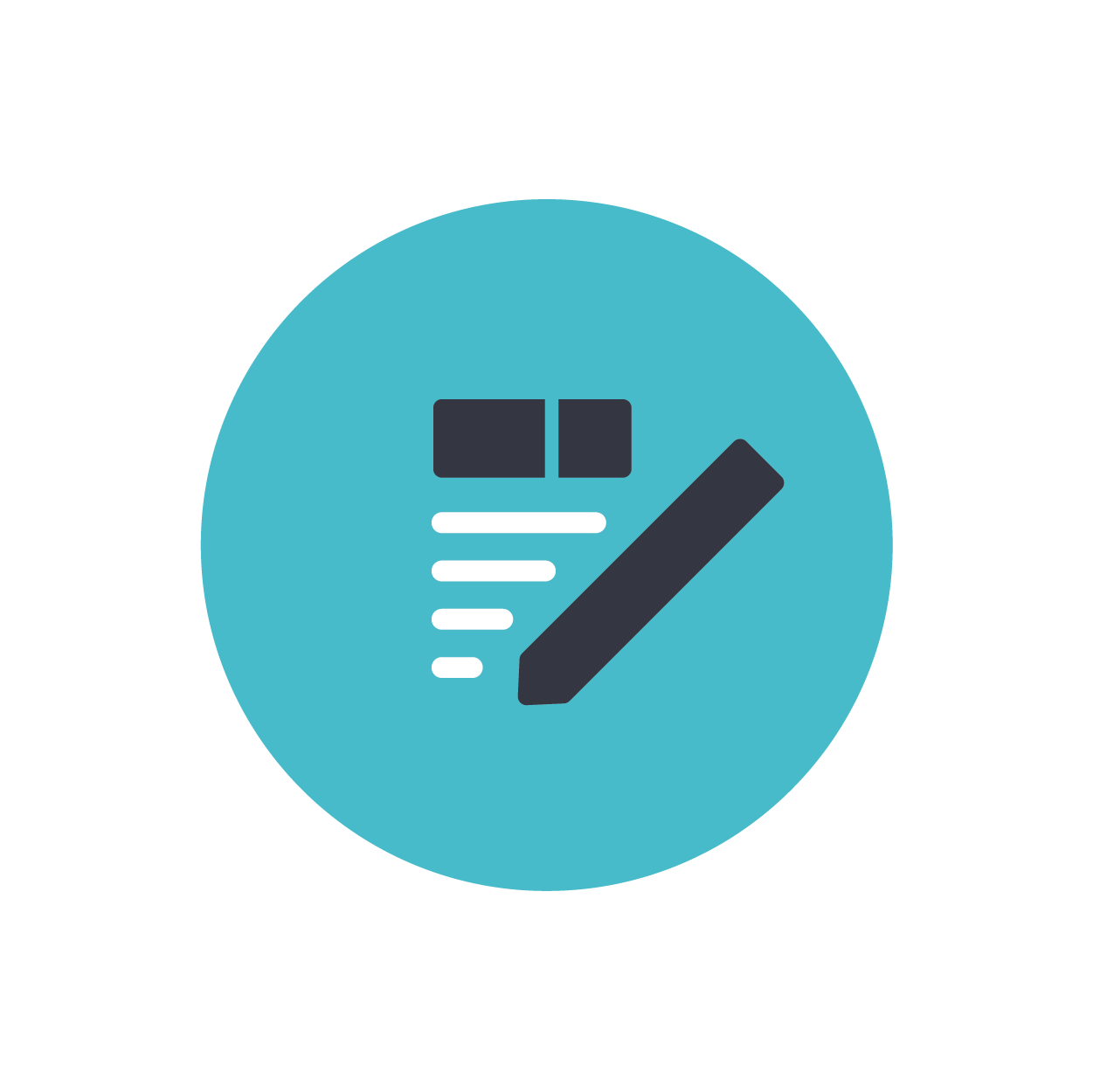5 steps to make direct debits disappear
Why is it always so easy to sign up for something and so mind-numbingly difficult to shut that same something down when we are done with it?
It’s like joining a club or maybe even a cult – that no one will let you leave.
If you have signed up to direct debits to pay for a gym membership, power account, phone bill, insurances, or any other regular bills, it can feel impossible to stop the payments. Sometimes Debtfix clients who are in a managed plan to pay off problem debt find themselves stuck in a direct debit merry-go-round, which is definitely not much fun.
The Banking Ombudsman, Nicola Sladden, has called on banks to “give customers correct and complete information about how they can manage their payment obligations.” She says dozens of people have contacted the Banking Ombudsmen Scheme for help in cancelling direct debit authorities.
This is no surprise to Debtfix, as many New Zealanders are struggling financially during an economic perfect storm.
How can you avoid problems with direct debits?
Banks can cancel direct debits
Let’s get this clear, banks have the authority to cancel direct debits. The bank leaders know this but sometimes it feels like the frontline customer service people haven’t got the message. The Banking Ombudsmen direct debit story on Stuff says: “When customers ask their bank to cancel a direct debit, banks typically ask them to advise the initiator as well to prevent the processing or partial processing of further debits. However, customers do not have to do this before banks can act on their instruction to cancel the authority.”
Contact the organisation where you have the direct debit
Contact the organisation you have arranged a direct debit with and advise them to cancel the direct debit. You can do this verbally kanohi ki te kanohi (face-to-face) or over the phone.
Follow up the cancellation in writing, by email or even a letter and keep a copy.
Be aware of the contractual obligations
You can cancel a direct debit arrangement, but you are still responsible for meeting the terms of any contracts you signed. For example, if you signed up for a low-cost power account that is payable by direct debit only and you are locked into the deal for 12 months, you may have to pay an early termination fee.
Read the contract and get help if you don’t understand it before you sign anything.
Keep good records
It is easy to sign up for direct debits and get too busy to keep track of them. To stay on top of the details and when contracts come up for renewal use a system that works for you; a wall calendar, reminders and photos in your phone, post-it notes on the wall, or even a good old fashioned filing cabinet. Check bank statements or online transaction records so you can see when anything crazy happens with a direct debit.
Watch out for annual contracts that automatically roll over and lock you into another 12-months of payments.
Change direct debits to automatic payments
Authorising a company to take payments from your bank account with a direct debit agreement can be a convenient and safe way to pay the bills. However, setting up an automatic payment is convenient for recurring payments that are the same amount, and you can easily change them using online banking. At Consumer Protection there is a good description of the differences between direct debits and automatic payments.
You are in control of automatic payments.
When using direct debits to pay the bills you are responsible for ensuring there is enough money in your account to cover the payment. If you have requested to stop the direct debit and continued payments cause penalties, or you lose money, you may be entitled to compensation.
If you’re trying to reduce debt and want guidance to manage direct debits, have a confidential chat with the Debtfix Crew and we’ll see how we can help you.


